Maria’s Story
“You see, it’s not just the soldiers that go through this. I think the kids suffer as much as anybody.”
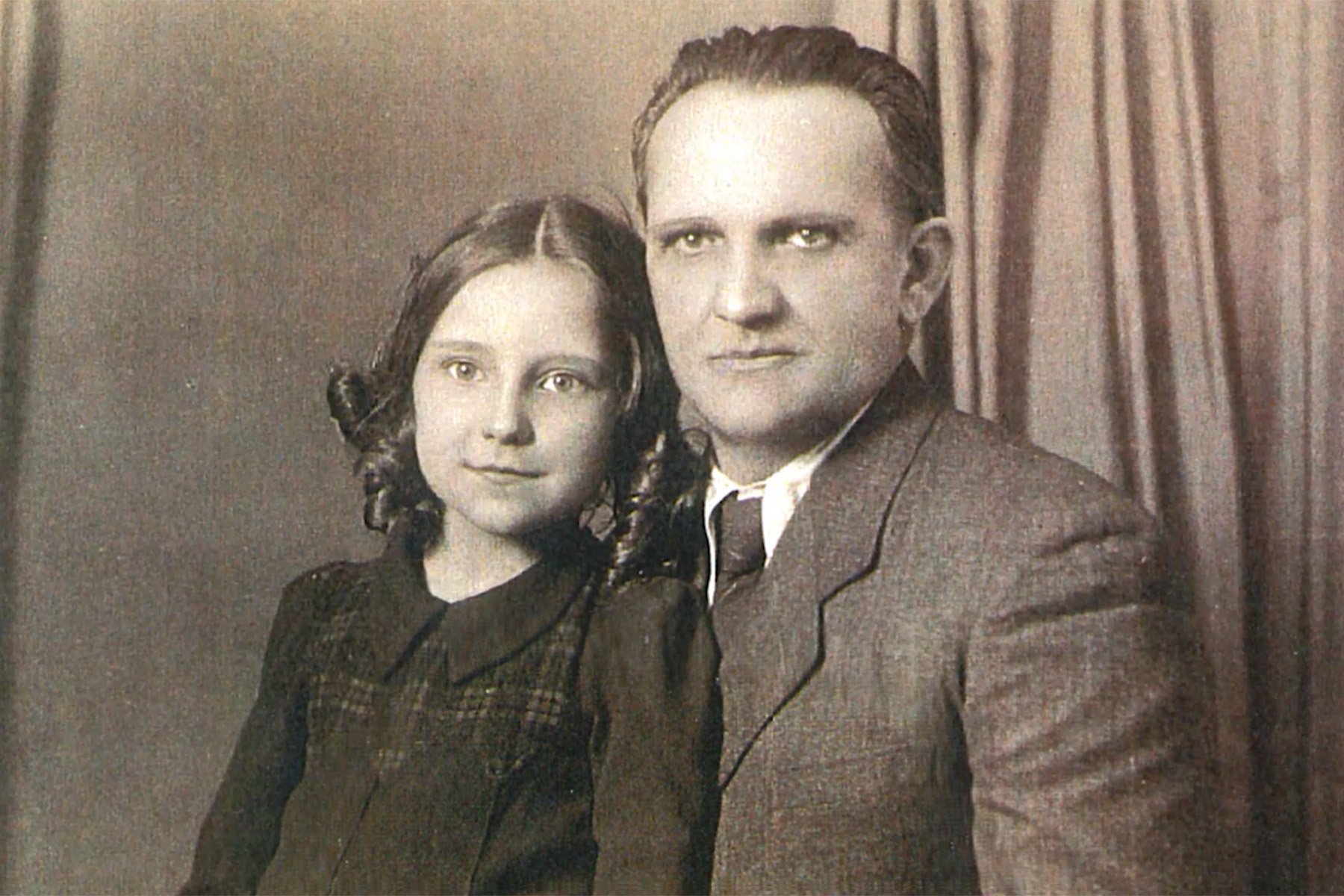
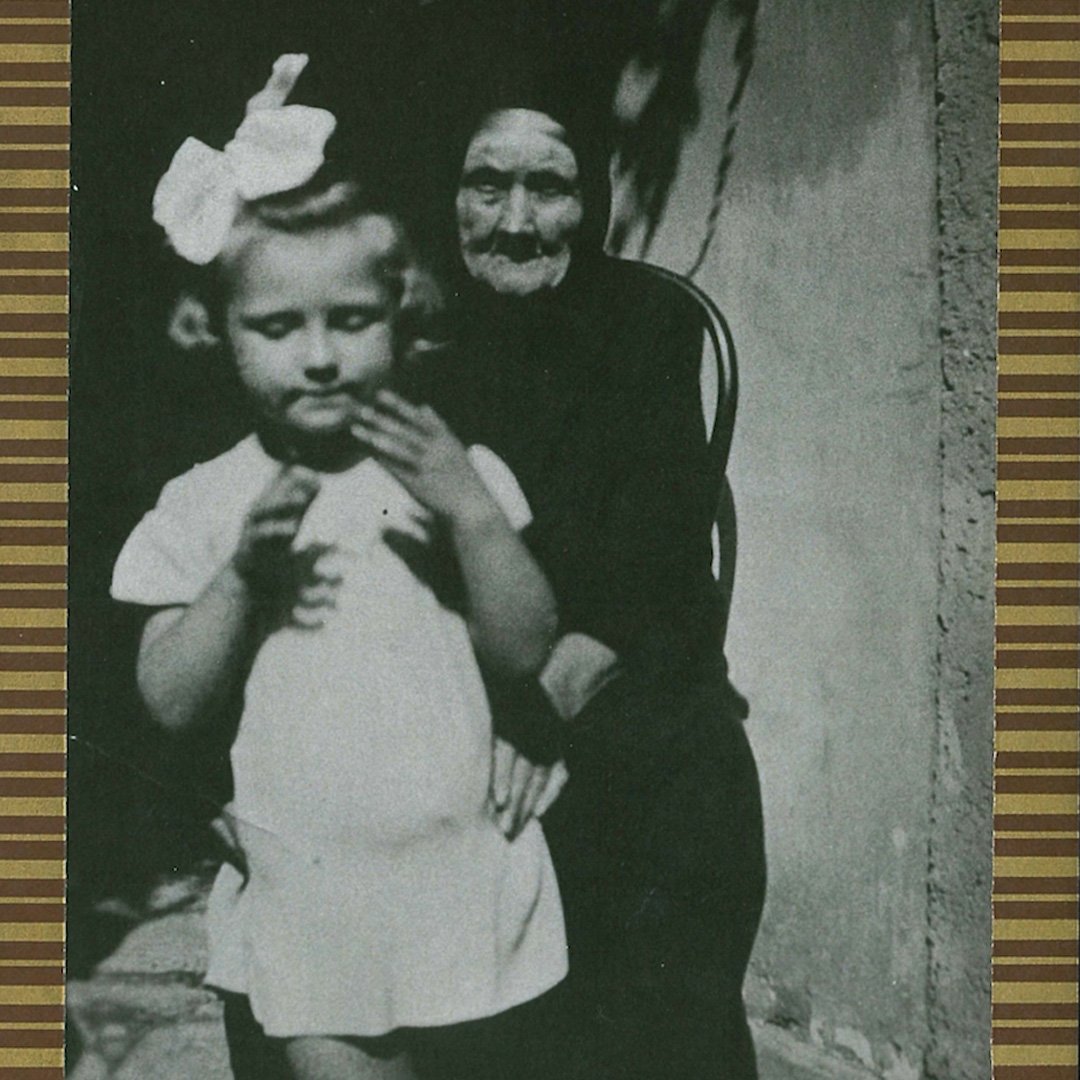
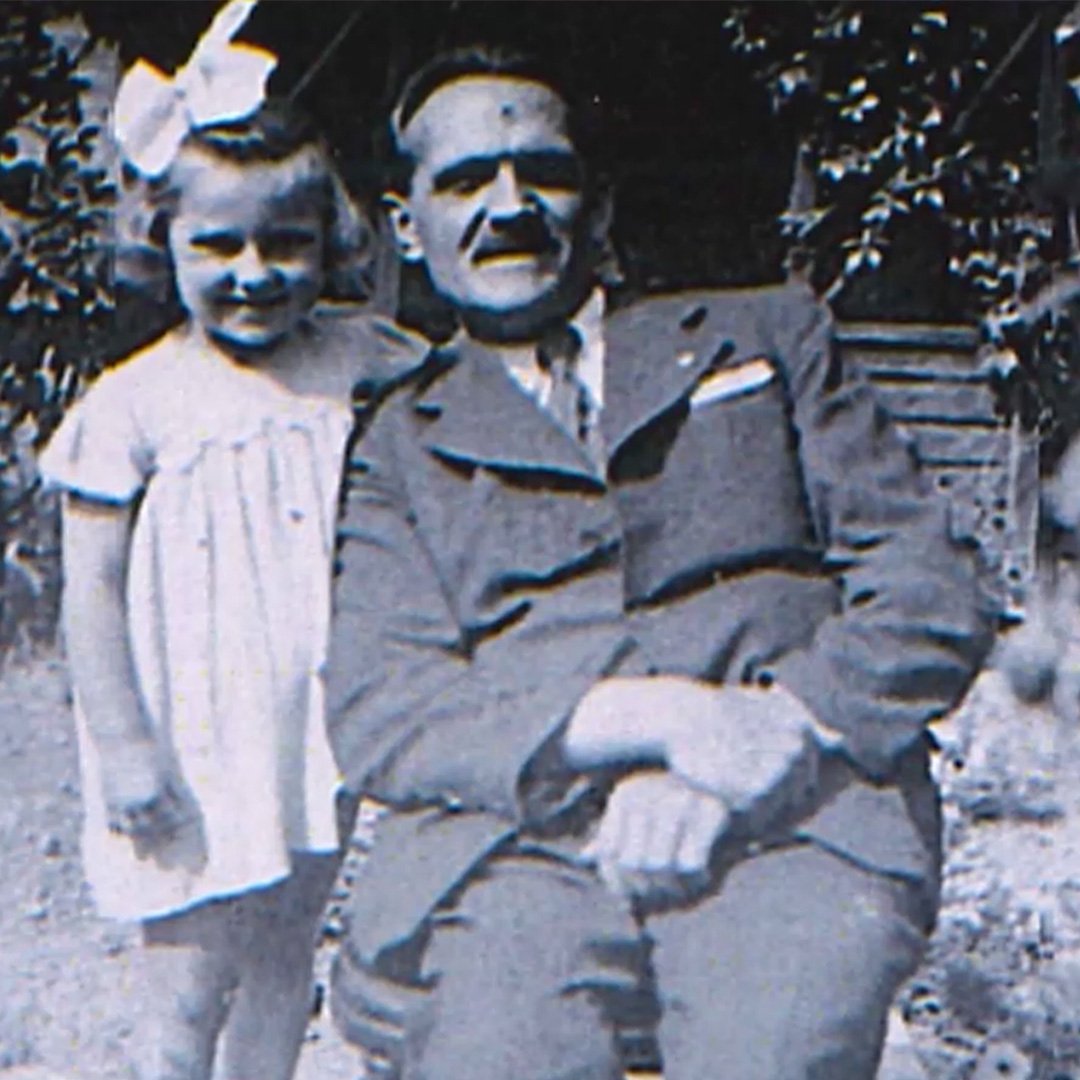
One of our residents, Maria, was a child in Hungary during World War II. She lived in Budapest during some of the heaviest bombings of the war. In this article, Maria shines a light on those who suffer in silence— the children who were living their daily lives caught in the middle of a warzone.
The Siege of Budapest
Maria and her father moved to Budapest in 1944 to live with her grandmother and Aunt Elizabeth. Soon after, the Soviet army encircled Budapest and trapped German and Hungarian soldiers along with Maria and 800,000 other civilians. This time marked the heaviest bombing of Budapest, leaving the city in ruins.
After one of these bombings, the windows of the building Maria’s family were living in were blown out. Maria’s father went into the garden to find wood to board up the windows. While collecting wood, another bomb dropped nearby and the shrapnel hit Maria’s father. He sustained serious injury along the left side of his body and needed medical attention right away. Aunt Elizabeth found a truck to take him to the hospital but a long and difficult drive lay ahead. Due to the damage of the city from the bombings, a trip that under normal circumstances would take less than a half hour stretched to a dreadful week-long journey.
During the week that Maria’s father and aunt were away, Budapest was hit with a constant barrage of bombs. Maria recalls being left alone with her grandmother who was too frail to hide with Maria in the dark cellar. Finally, Aunt Elizabeth was able to come home and take care of Maria and her grandmother but Maria was forever changed by her experience. “I think that fear, that terrible fear, stayed with me to this day,” Maria recalled the perspective of war in a child’s eyes, “maybe because I was just too young to understand what the dickens’ was going on. Why were they fighting? Why all this bombing?”
“You see, it’s not just the soldiers that go through this. I think the kids suffer as much as anybody.”
Maria’s Painting
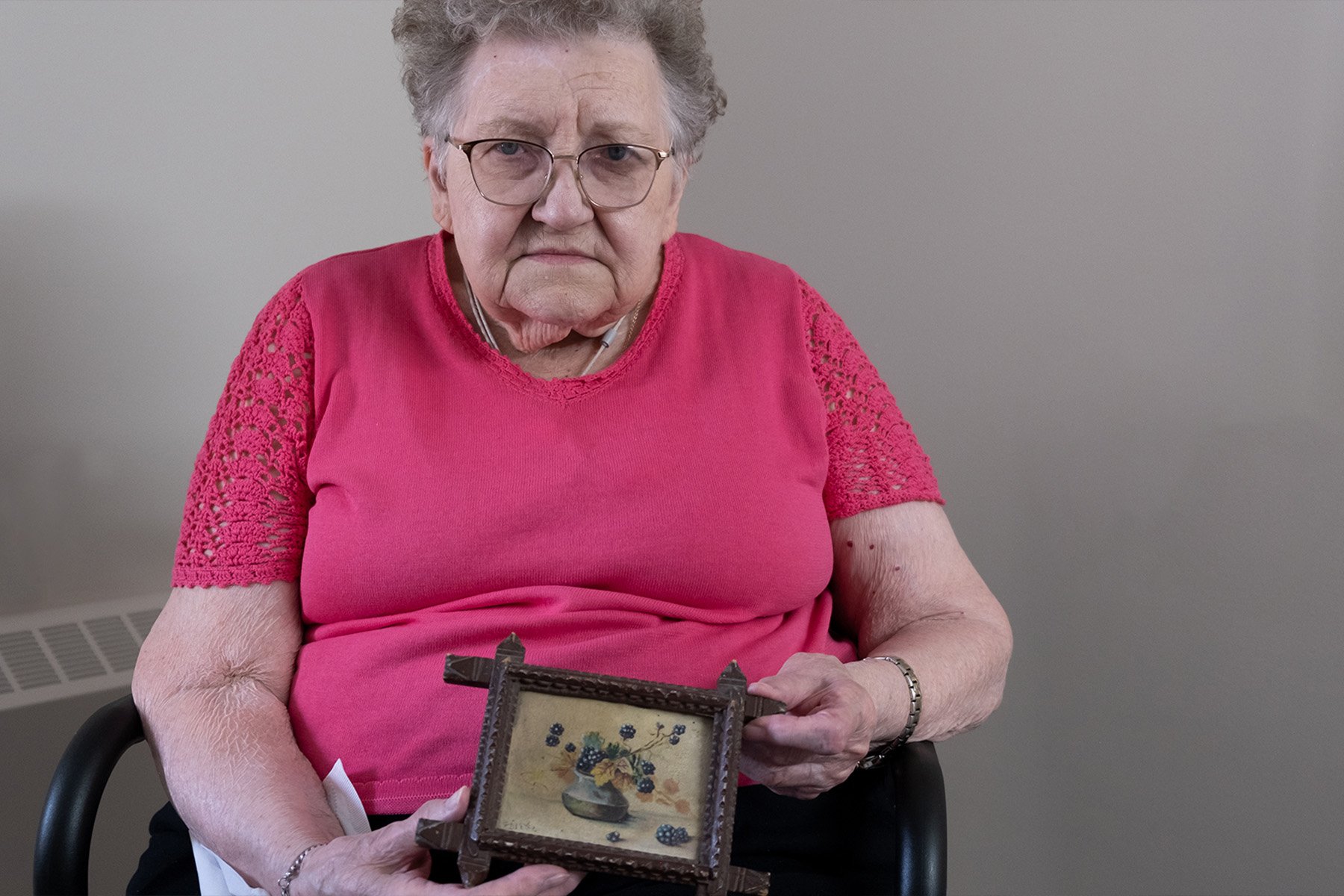
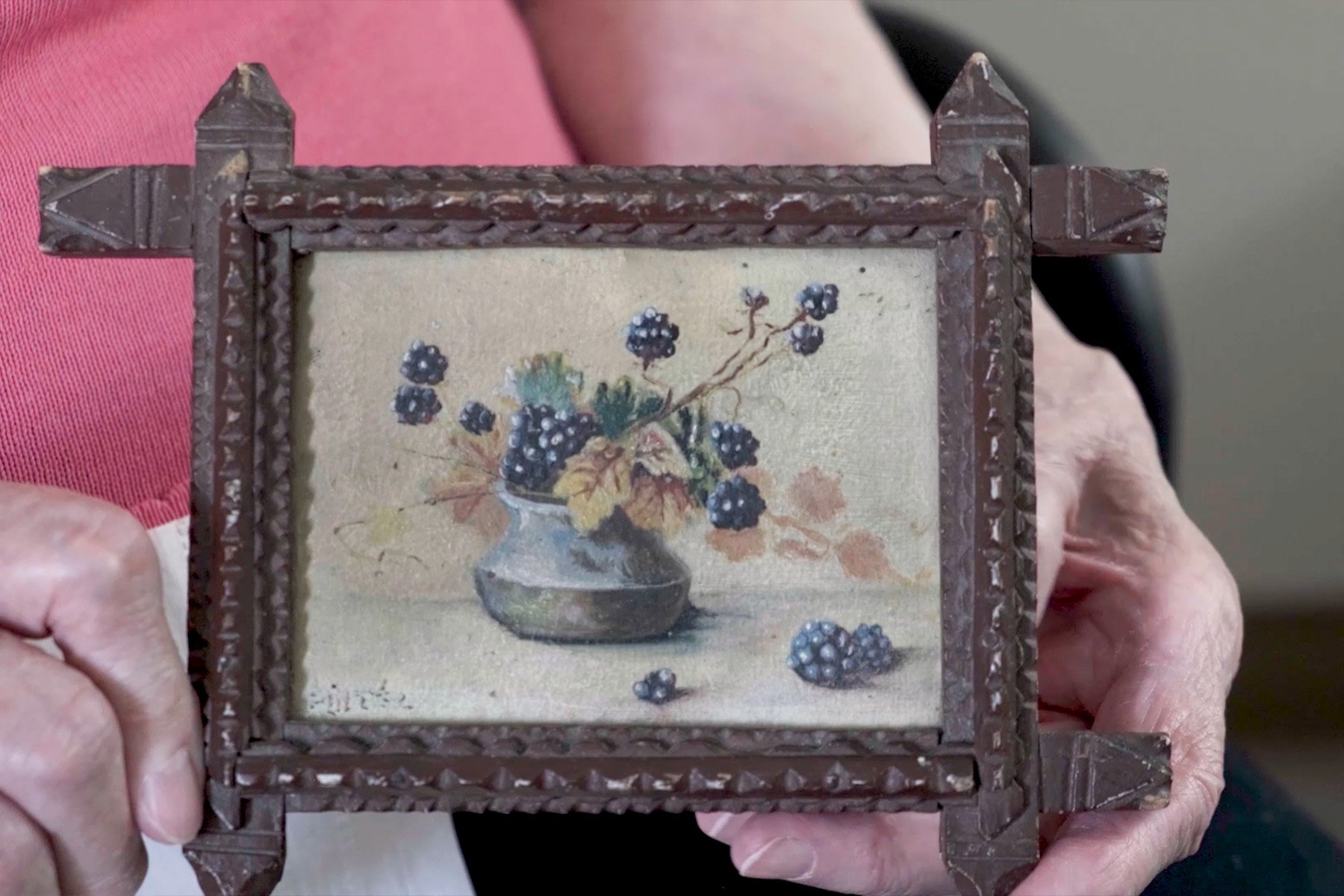
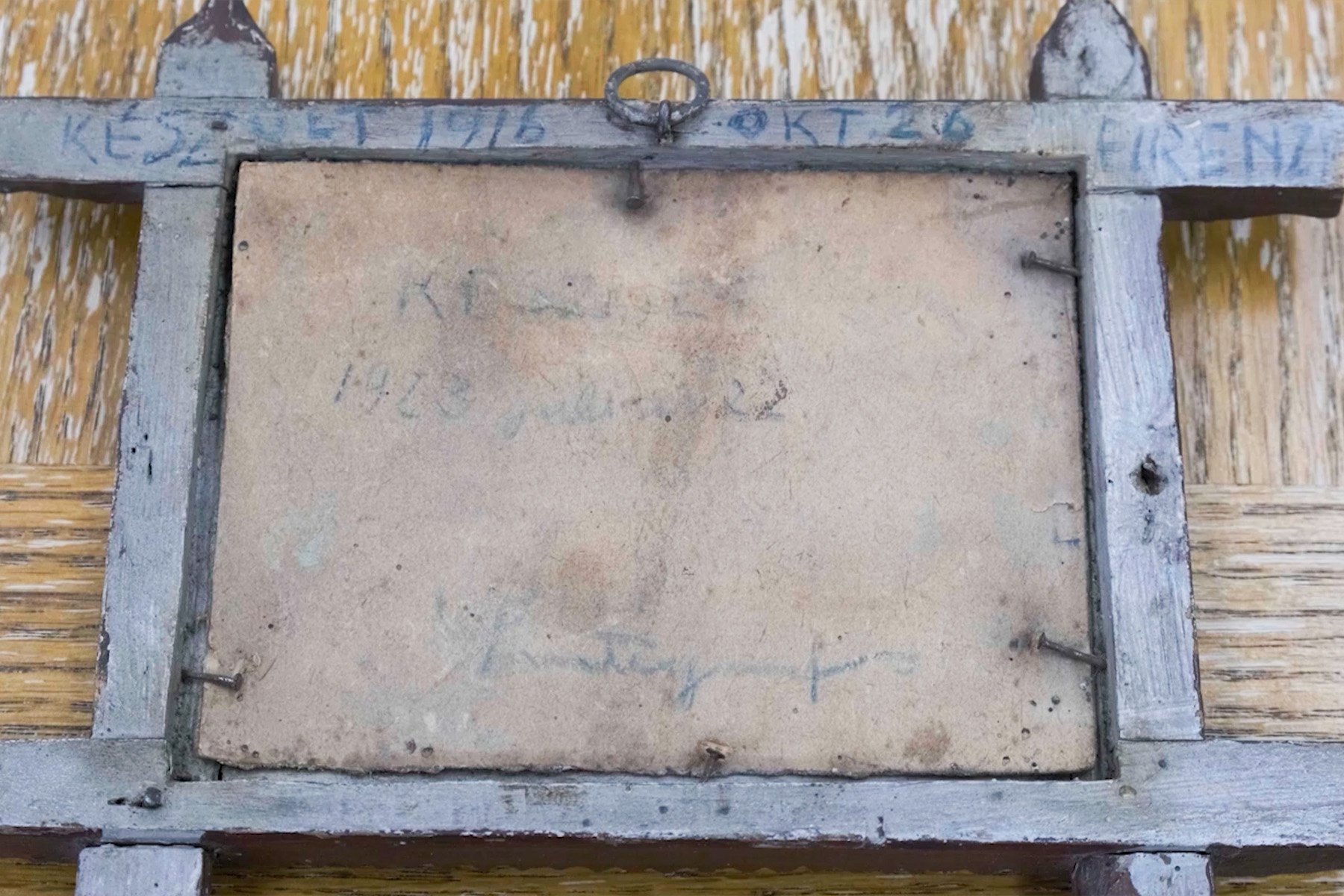
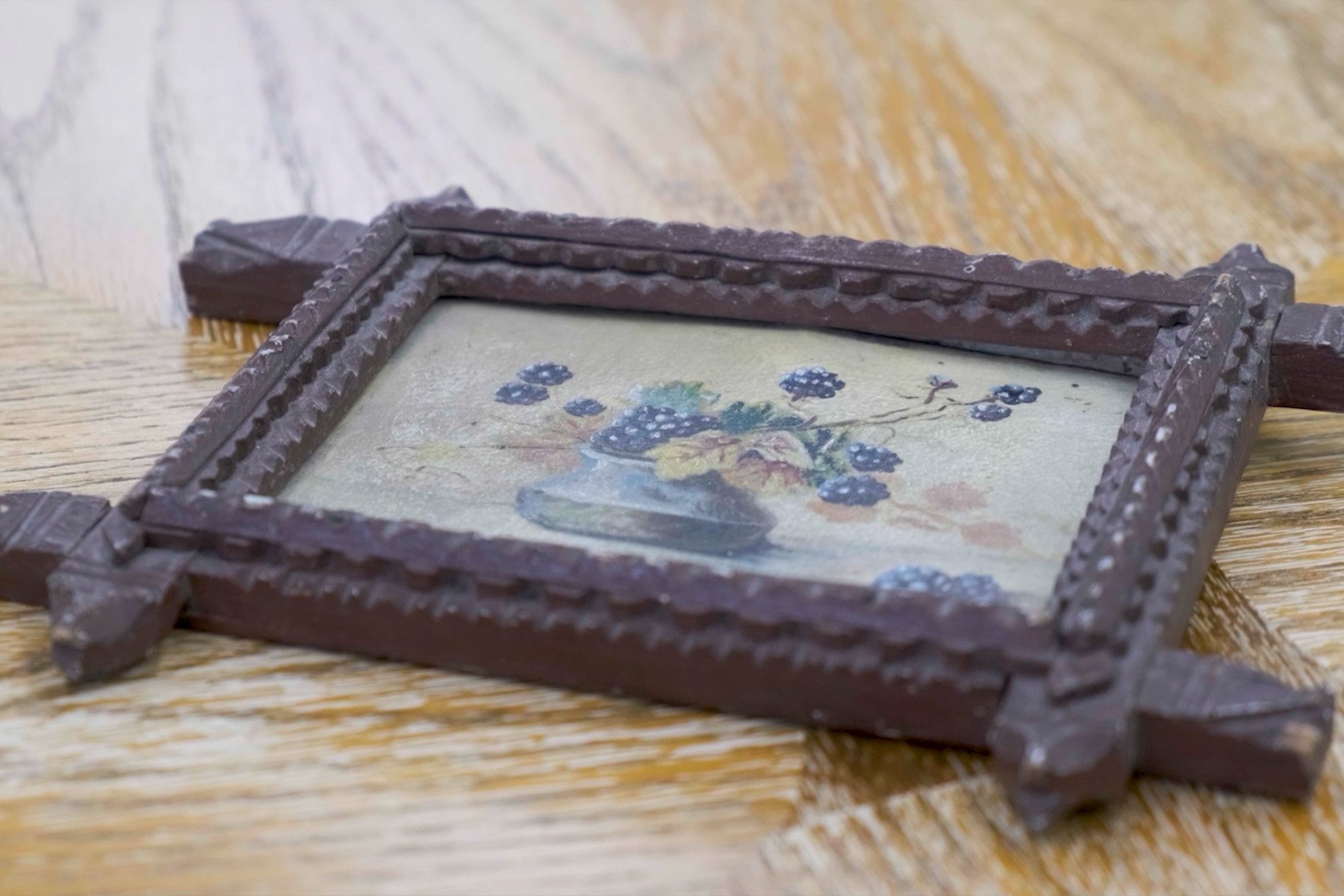
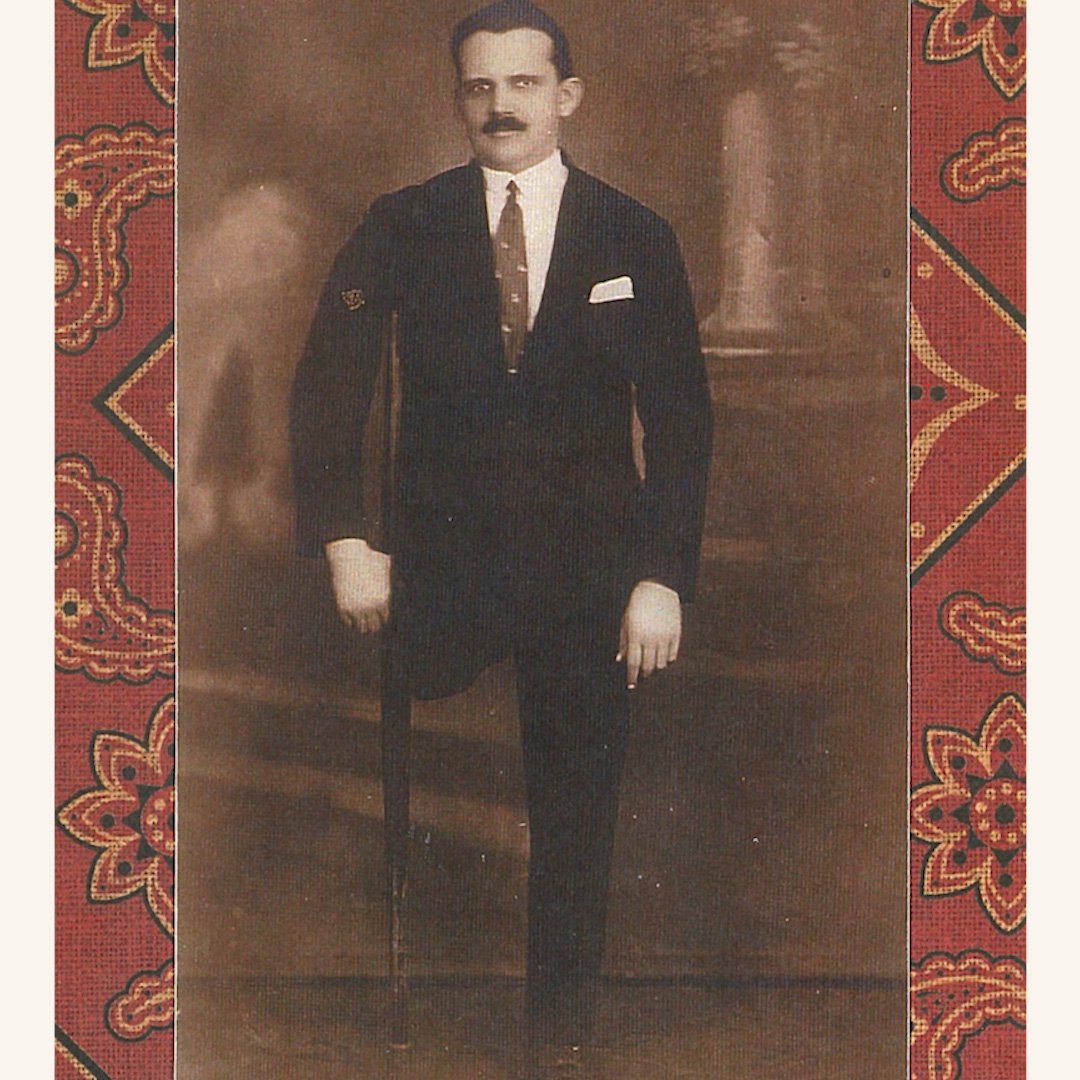
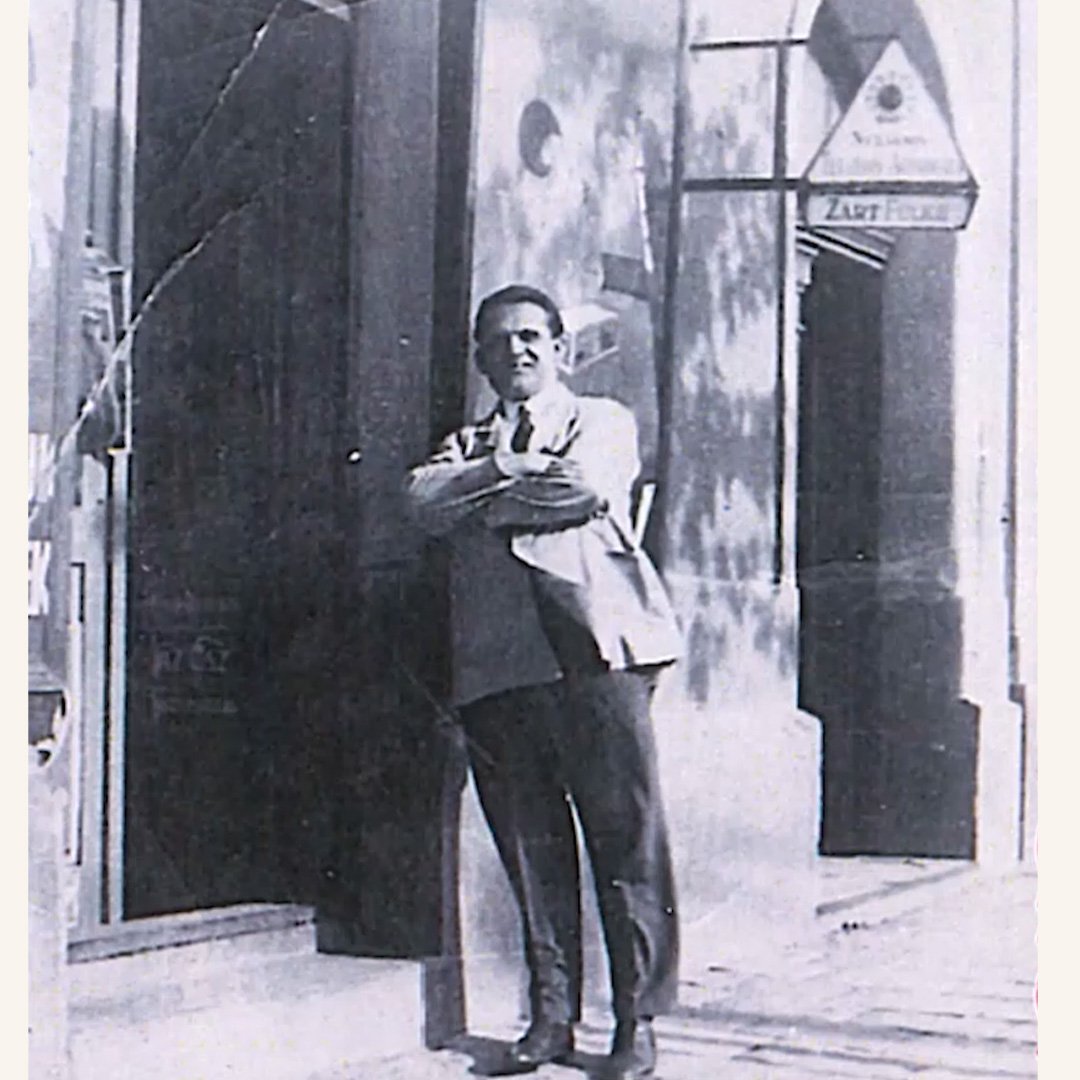
Maria’s father was a Veteran of World War I.
One of Maria’s most cherished possessions is a small, faded painting delicately placed in a fragile, hand-crafted frame. This precious painting has travelled a long way to Canada from where its story first began. It was made by Maria’s father in 1916.
Maria’s father had painted signs and was a very talented artist. “He was very disappointed I couldn’t even draw a stickman,” Maria cheekily recalls. He was called to the Austro-Hungarian army during World War I. Although this period of his life was painful and he did not like to talk about it, Maria knows that he ended up in a hospital in Florence, Italy. His leg was badly injured and had to be amputated. During his time in Italy, Maria’s father received news that his brother had died in the war. “Both wars did something to him. He didn’t like to talk about it. He was bitter, very bitter. It seemed that everything had been taken away from him.”
Something unexpected and poignant came from this suffering. Maria’s father got through this period the only way he knew how, through art. While recovering in the hospital, Maria’s father painted the beautiful picture and carved a frame for it, finding creative ways to use whatever little materials he could find. It is a tangible piece of Maria’s father through one of the most difficult times of his life.
“I didn’t even know about this painting until my aunt produced it,” For a long time Maria was unaware her father had made this painting. “He was talented, very talented with his hands.”
Along with the signature on the back, there is faded writing that reads, “Oktober 26, 1916” with a location, “Firenze.”
“When the oldsters die down, who will remember? Lest we forget.”
